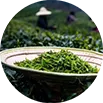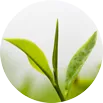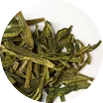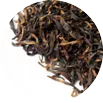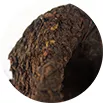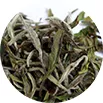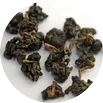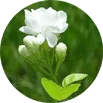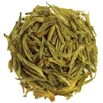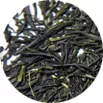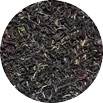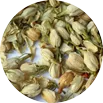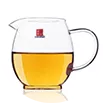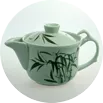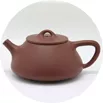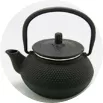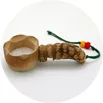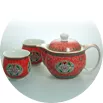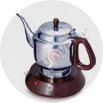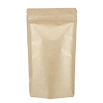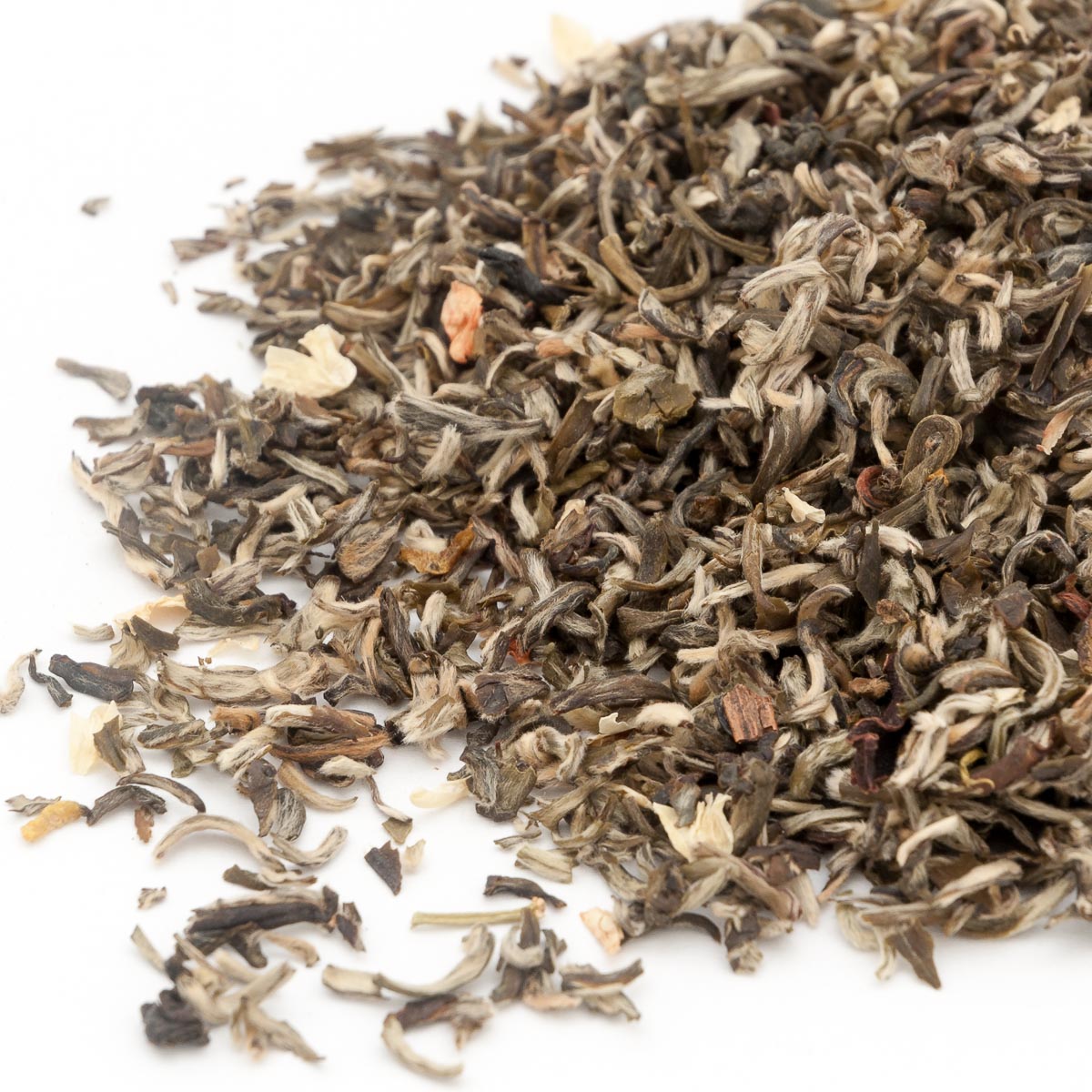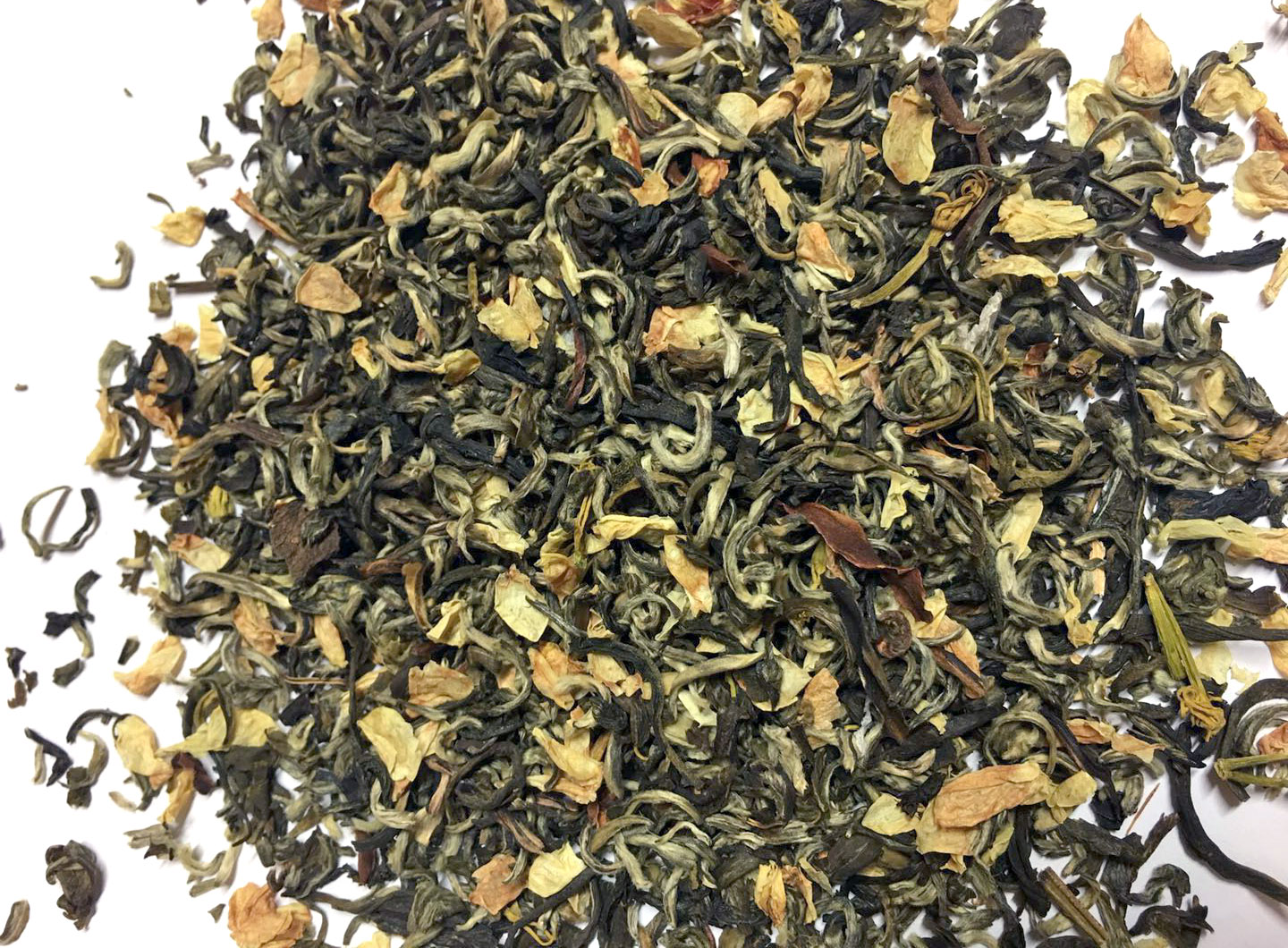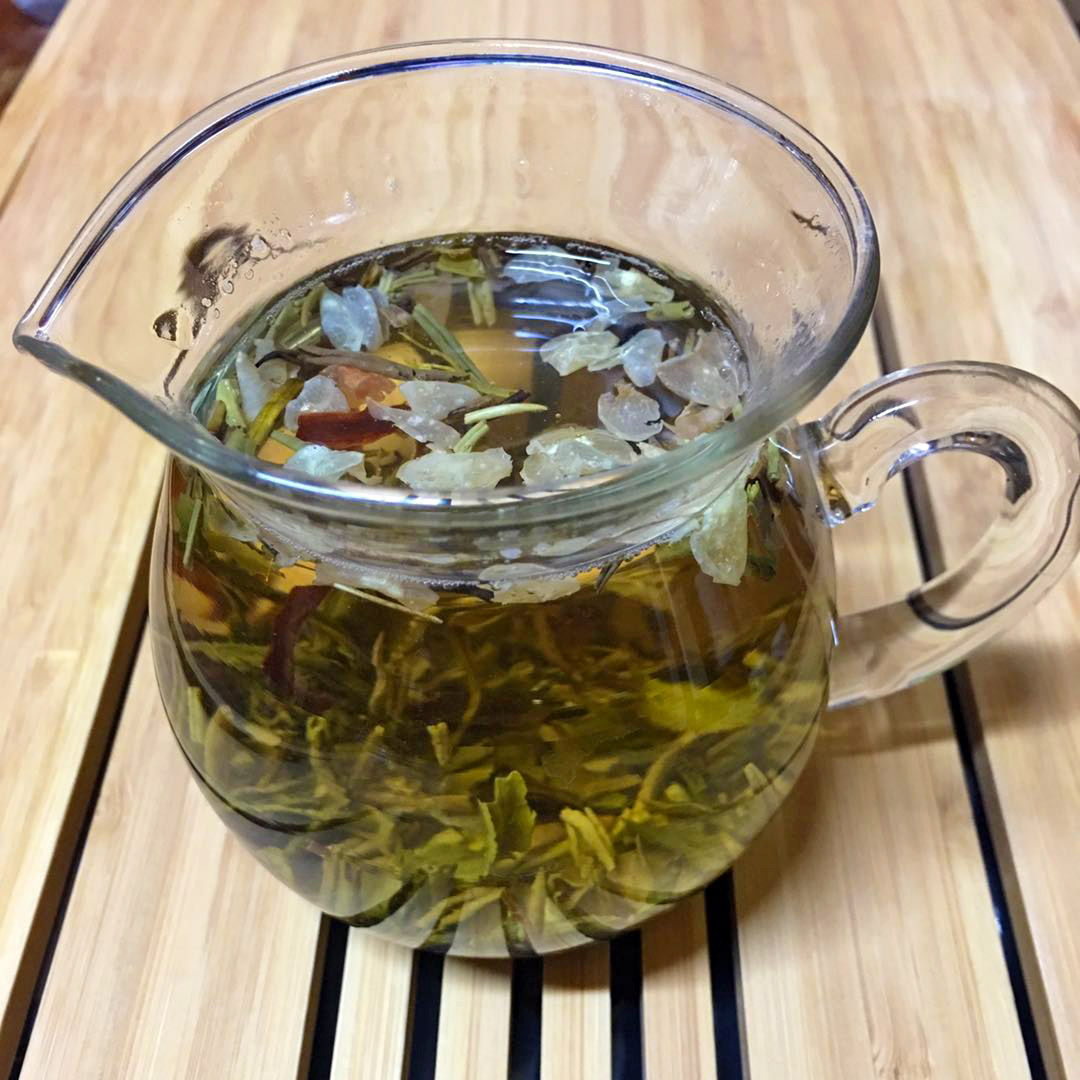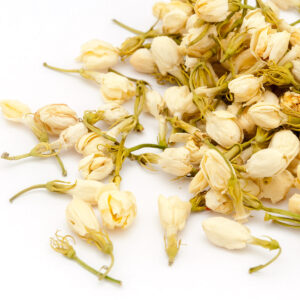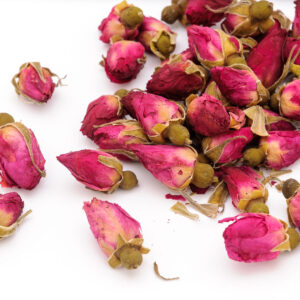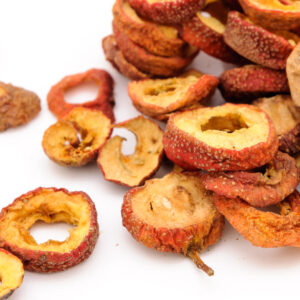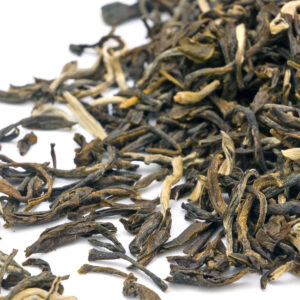Jasmine tea (green tea) is produced in many provinces in China and is relatively popular (especially in the north of the country). Tea can be dried with jasmine and absorb its smell, or jasmine can be added directly to tea. In this way, the tea acquires the aroma of jasmine, but still retains its original taste.
Hua Cha Yin Luo
Please, login to see prices and buy
“Silver snails” – tiny slightly twisted leaves with lots of tips. The intense sweet jasmine aroma is combined with fine green tea. High-quality jasmine green tea.
| Weight | N/A |
|---|---|
| Origin | |
| Place | |
| Harvest |
Related products
Jasmine Flower (mo li hua)
Dried jasmine flower (moli-hua), Jasminum Sambac. It comes from China, from where it spread further to Arabia and Persia and from there to Europe. It is an evergreen climbing plant or shrub, which grows to a height of 0.5-3 m. According to Chinese medicine, it improves eyesight and promotes smooth menstruation.
Rose Flower (mei gui hua)
Hawthorn Berries (shan za)
Dried hawthorn berries (shan-zha, lat. Crataegus cuneata) - helps good digestion, removes fats from blood vessels, lowers blood cholesterol levels and breaks down fatty acids (which helps it lose weight), lowers blood pressure and has heart-specific antioxidant effects, which can help fight most heart diseases.
Hua Cha White King
"White King"-Jasmine tea is produced in many provinces in China and is very popular (especially in the north of the country). The tea can be dried with jasmine and its odor can be absorbed, or the jasmine can be added directly to the tea. In this way, the tea acquires the aroma of jasmine, but still retains its original taste. Jasmine tea is light and pleasant. "White King" itself is a relatively high-quality green tea with rich fluff, but the addition of jasmine further improves its quality.
The white king we provide is mixed with fresh autumn jasmine in a ratio of 4:1 (gradually use 4 kg of jasmine per 1 kg of tea).



